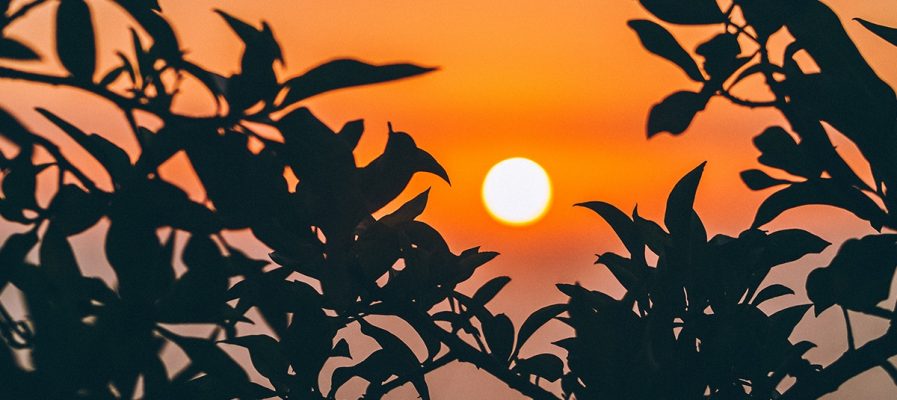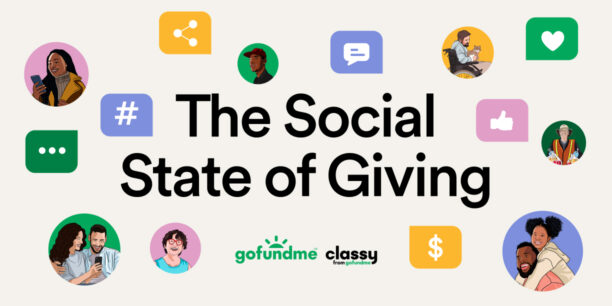3 Conservation Solutions That Protect Our World

“The human population is consuming resources equivalent to 1.5 earths,” said Brad Ack from the World Wildlife Fund at the the Collaborative. “If we continue on this trajectory, by 2050, we will need resources equivalent to 2.5 earths.”
Pair this unsustainable consumption rate with climate change, and it’s easy to see that we’ve got a big problem. As sea levels rise, less land will be available for wildlife and food production. Meanwhile, the global population continues to balloon. To thwart imminent peril, humans need to find unconventional solutions to create resources while simultaneously caring for the earth.
Thankfully, social impact organizations are already getting started. Here are three innovations that are changing the conservation landscape.
1. Ocean Farming
What if we could create valuable ecosystems for animals, and produce nutritious crops for human consumption—while having zero impact on the environment? Greenwave 3D Ocean Farming present a new method of farming that would do just that.
Their ocean farms use the vertical space in the water to grow shellfish and sea vegetables, such as kelp. Seaweeds are a carbon sink: a reservoir that accumulates and stores a carbon-containing compound, such as CO2. These “sea vegetables” provide a marine habitat and absorb dangerous CO2 from the atmosphere, and they also represent a nutritious food source for humans and animals. This food doesn’t require any feed or fertilizer inputs and does not harm the environment. According to Greenwave,
“As a food crop, seaweed is rich in nutrients such as protein, calcium, and vitamin C. Recent studies demonstrate that a network of seaweed farms the size of Washington State could produce all of the dietary protein needs of the human population.
Their solution requires an change in mindset about farming: that we can farm in the water instead of on land, and that the majority of our calories should come from sea vegetables and meat.
To learn more about Greenwave and ocean farming, check out this talk from the Collaborative.
2. Edible Water Bottles
Another conservation-oriented solution that changes human activity? Getting rid of nonrenewable plastic water bottles. Ooho! makes edible water bottles out of seaweed. These little orbs look like clementine-sized raindrops. You simply pop them in your mouth or make a tiny hole in the side to suck out the water.
Not only do these “water bottles” reduce the amount of plastic created, wasted, and thrown away, their production also uses and fosters the growth of seaweed. This further reduces the impact on the environment by absorbing more CO2.
Watch this talk from the Collaborative to learn more about Ooho!’s edible water bottles.
3. Crowdsourced Solutions
The Ocean X Labs platform is a new partnership between Conservation X Labs and the World Wildlife Fund. Their mission is to “[solve] global challenges of oceans conservation through the power of emergent technologies, open innovation & collaborative problem solving, and entrepreneurship.” This think tank is focused on innovating other solutions like Greenwave 3D Ocean Farming and Ooho! water bottles.
The Ocean X Labs are primarily working to crowdsource sustainable aquaculture solutions for the developing world from entrepreneurs, academics, NGOs, and others. By collecting solutions from more people, the organization can incubate faster, more effective technologies and strategies.
You can learn more about Ocean X Labs in this video, featuring Brad Ack of the World Wildlife Fund’s talk at 14:45.
By reframing our perspective on our global consumption, we can simultaneously reduce our impact on the earth and keep up with global product needs. Technology is the gateway to these innovative ocean conservation solutions that power zero-impact human activity.
Discover innovative solutions like these at the Collaborative.
Colleen Muse is a 2016 Classy Fellow, grant writer, and budding naturalist from Washington, D.C. Currently working at a youth-serving organization, Colleen is interested in inspiring young people to protect the environment through local action and policy change.

100 Creative Fundraising Ideas
Subscribe to the Classy Blog
Get the latest fundraising tips, trends, and ideas in your inbox.
Thank you for subscribing
You signed up for emails from Classy
Request a demo
Learn how top nonprofits use Classy to power their fundraising.



